Discovering Spain’s La Mancha, Madrid and Toledo
On our way to Madrid we made a
stop in Spain’s La Mancha, I think the name of the town was Campo de Criptana,
but I could be off on that. At any rate
it was a small town in the region of Castilla-La Mancha, just south
east of Madrid. It is best known for being the setting of Miguel de Cervantes' 17th century novel Don Quixote
de la Mancha – one of the most famous books ever to have come out of Spain.
Throughout Russell’s career in theatre he directed Man of La Mancha several times, so being able to see some of the memorabilia from the famed story and from the author Miguel de Cervantes was a real treat. Here is some of what we saw.
Once in Madrid our guide gave us some history about the Plaza de España, and with the help of Wikipedia I have more information! Plaza de España is a large square located in central Madrid. It features a monument to Miguel de Cervantes and is adjacent to two of Madrid's most prominent skyscrapers. Additionally, the Royal Palace is almost across the street! At the base of the monument of Miguel de Cervantes are the statues of Don Quixote, Sancho Panza, Dulcinea and Aldonza Lorenzo.
As we were apparently pressed for time we did not see much of the Royal Palace! It is the official residence of the Spanish royal family in the city of Madrid, although now used only for state ceremonies. The palace has a whopping 1,453,128 square feet of floor space and contains 3,418 rooms. It is the largest functioning royal palace and the largest by floor area in Europe. Here is what we did see of the Palace and the surrounding area.
Next we went on to the Prado
Museum, officially known as Museo Nacional del Prado, the main Spanish national
art museum located in central Madrid. It is widely considered to have one of
the world's finest collections of European art, dating from the 12th century to
the early 20th century, based on the former Spanish Royal Collection, and the
single best collection of Spanish art. That is all true as the collection was
awesome, BUT, No photos were allowed!! Founded
as a museum of paintings and sculpture in 1819, it also contains important
collections of other types of works. The Prado Museum is one of the most
visited sites in the world, and it is considered one of the greatest art
museums in the world. The numerous works by Francisco Goya, the single most
extensively represented artist, as well as by Hieronymus Bosch, El Greco, Peter
Paul Rubens, Titian, and Diego Velázquez, are some of the highlights of the
collection.
Nearing the end of our trip we spent the afternoon
in Toledo Spain. Toledo is the capital of the province of Toledo and the de jure seat
of the government and parliament of the autonomous community of Castilla La Mancha. Toledo was declared a World Heritage Site by UNESCO in 1986 for its
extensive monumental and cultural heritage.
Located on the banks of the Tagus in central Iberia, Toledo is known as the
"Imperial City" because it was the main venue of the court of Charles V, Holy Roman Emperor in Spain, and as the "City of the Three
Cultures" for the cultural influences of Christians, Muslims, and Jews
reflected in its history. It was the capital from 542 to 725 AD of the Visigothic Kingdom, which followed the fall of
the Roman Empire, and the location of historic events such as the Councils of Toledo. The city, seat of a powerful archdiocese for much of its history, has
a Gothic Cathedral and a long history in the production of bladed weapons, which are now common
souvenirs of the city. No, we did not
purchase any! The ruins in some of the following photos are actual remnants from the ancient Holy Roman Empire.
One more stop before we head back to our hotel to prepare to leave this beautiful country. The Santa Maria La Blanca Synagogue is a museum and former synagogue in Toledo, Spain. Erected in 1180, according to an inscription on a beam, it is disputably considered the oldest synagogue building in Europe still standing. It is now owned and preserved by the Catholic Church. Its stylistic and cultural classification is unique among surviving buildings as it was constructed under the Christian Kingdom of Castile by Islamic architects for Jewish use. It is considered a symbol of the cooperation that existed among the three cultures that populated the Iberian peninsula during the Middle Ages.
I will see what else I can dig up from our travels before retirement and before this pandemic to keep "Goldens on the Road " going. Meanwhile I hope you enjoyed Spain!
More coming …. Sometime 😘
Jan 🌷🌷🐾🐾
PS: If you would like to leave
a comment please send it to blueberi254@gmail.com. Thank you.




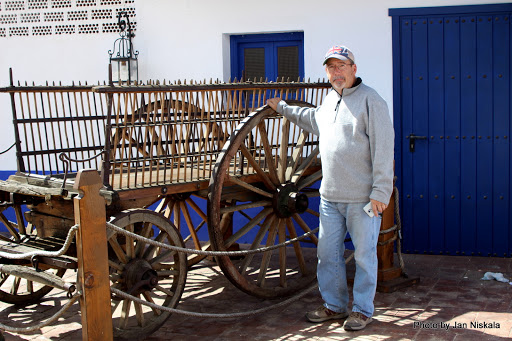









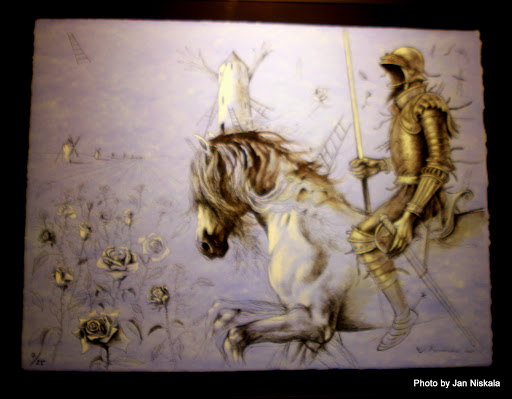

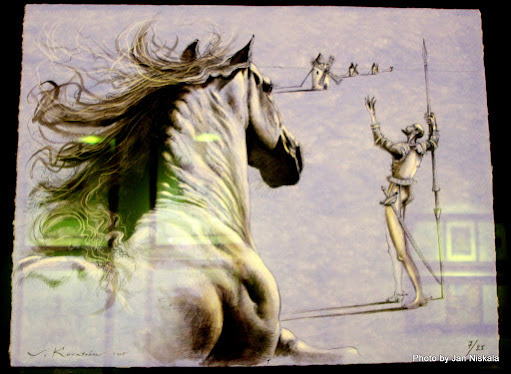














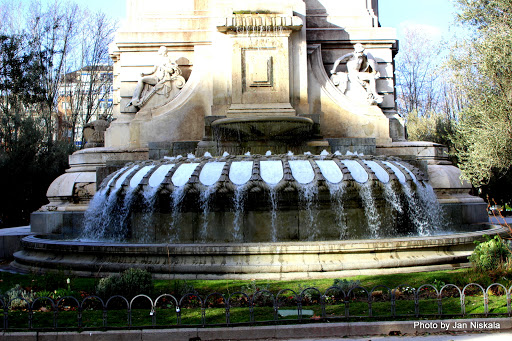


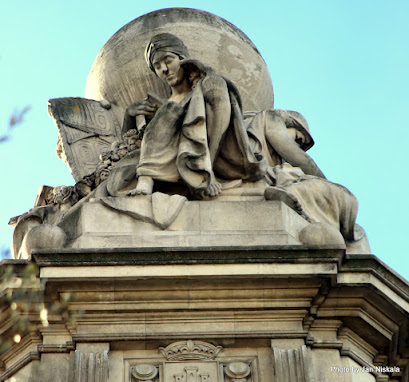













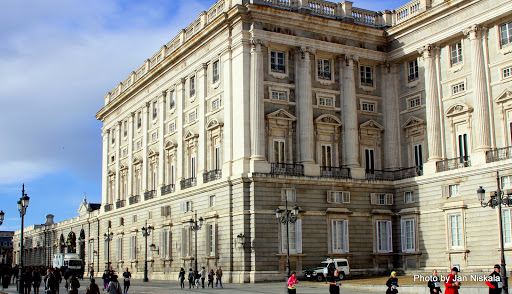















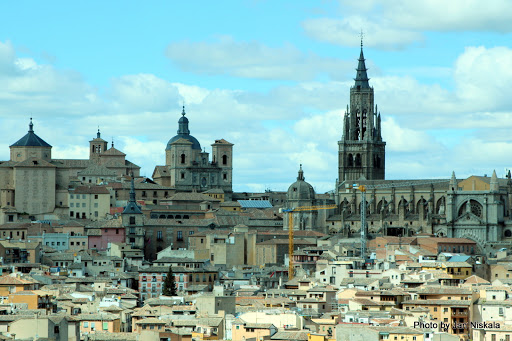









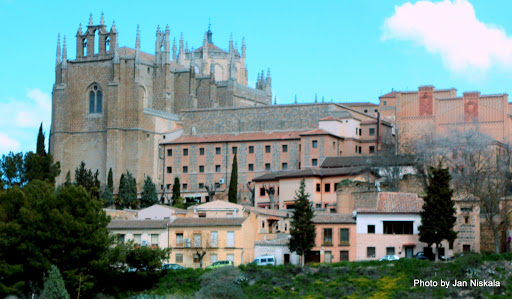

























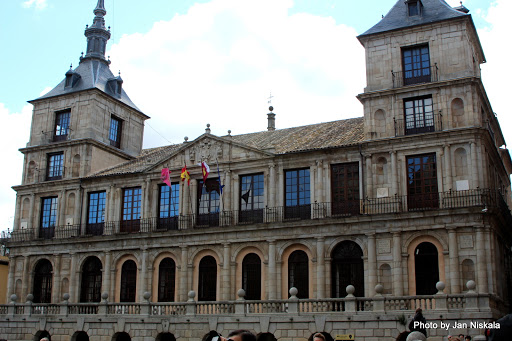


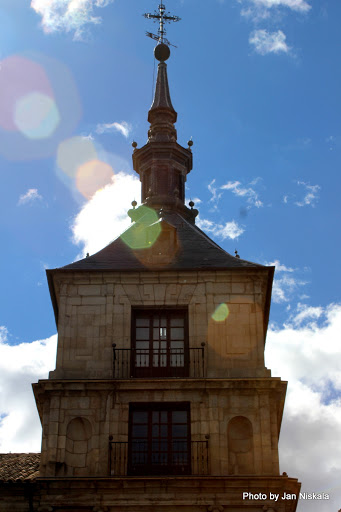



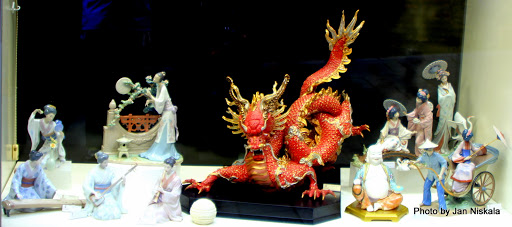









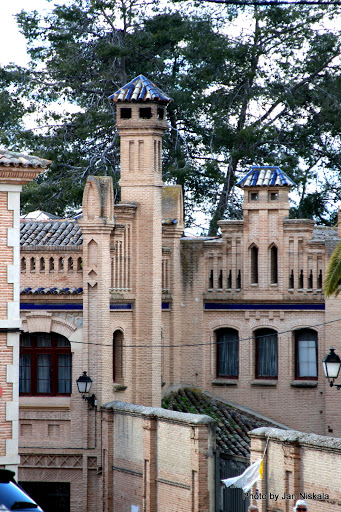





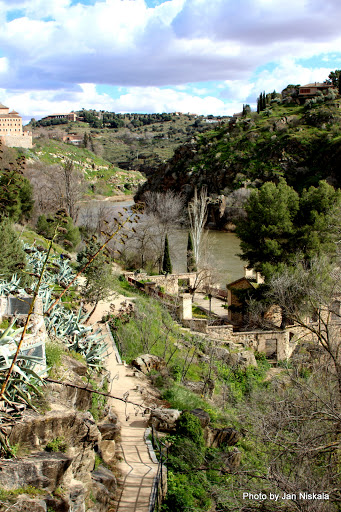




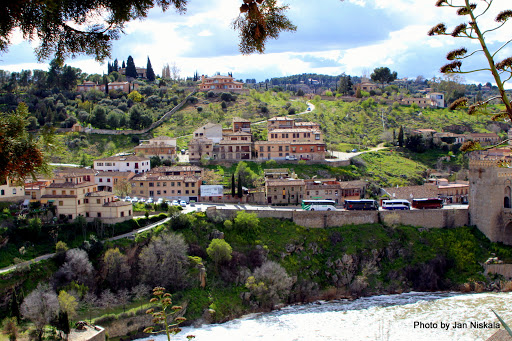

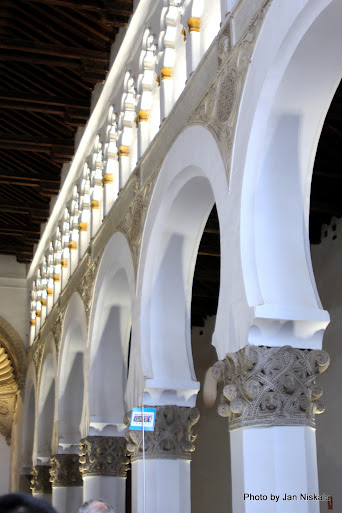







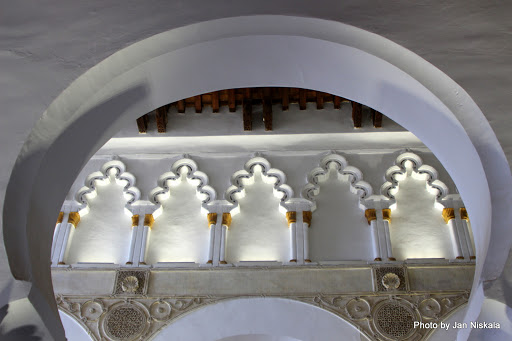

















No comments:
Post a Comment